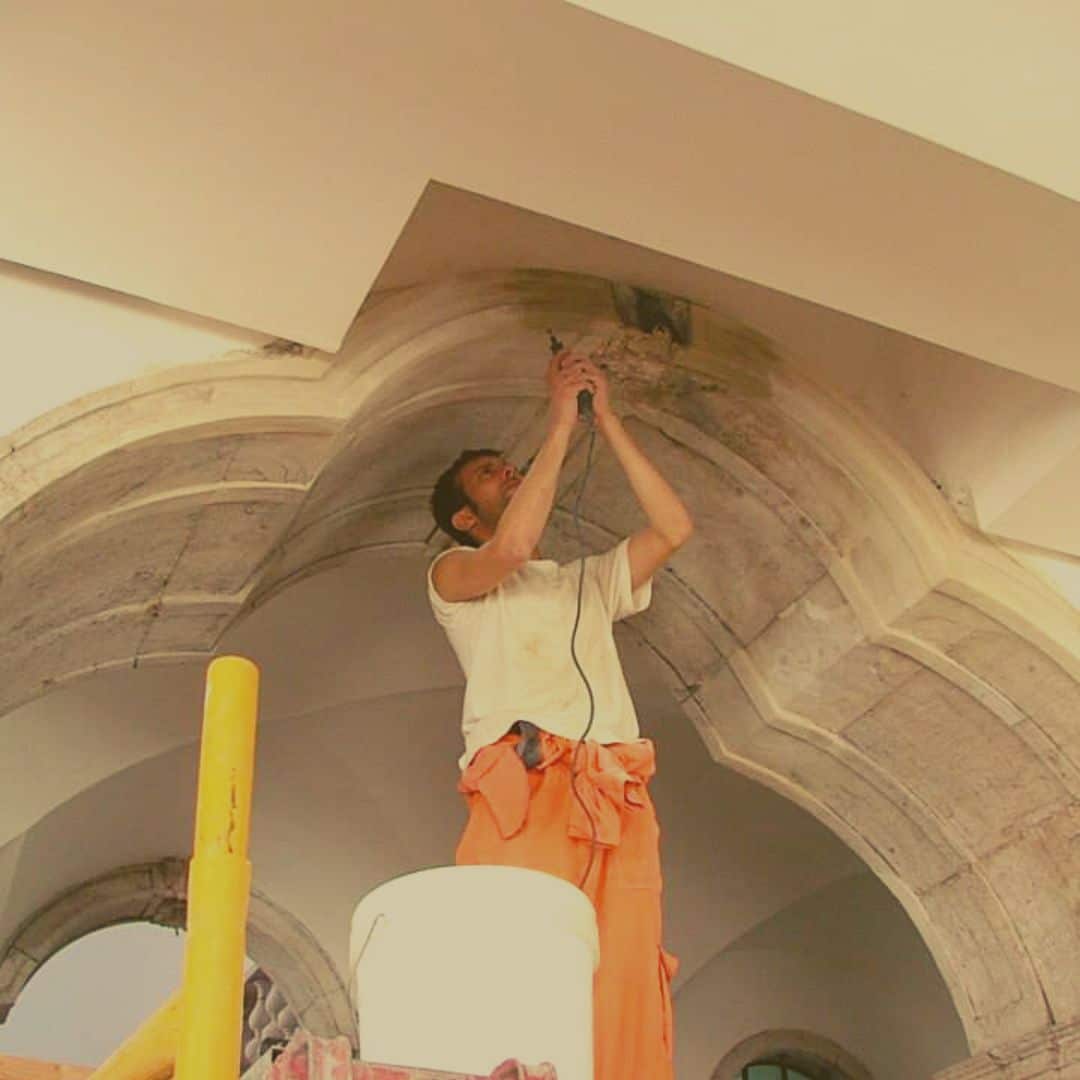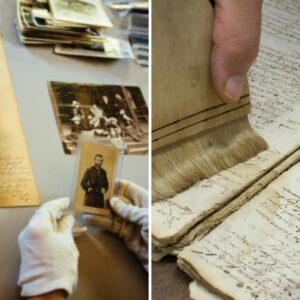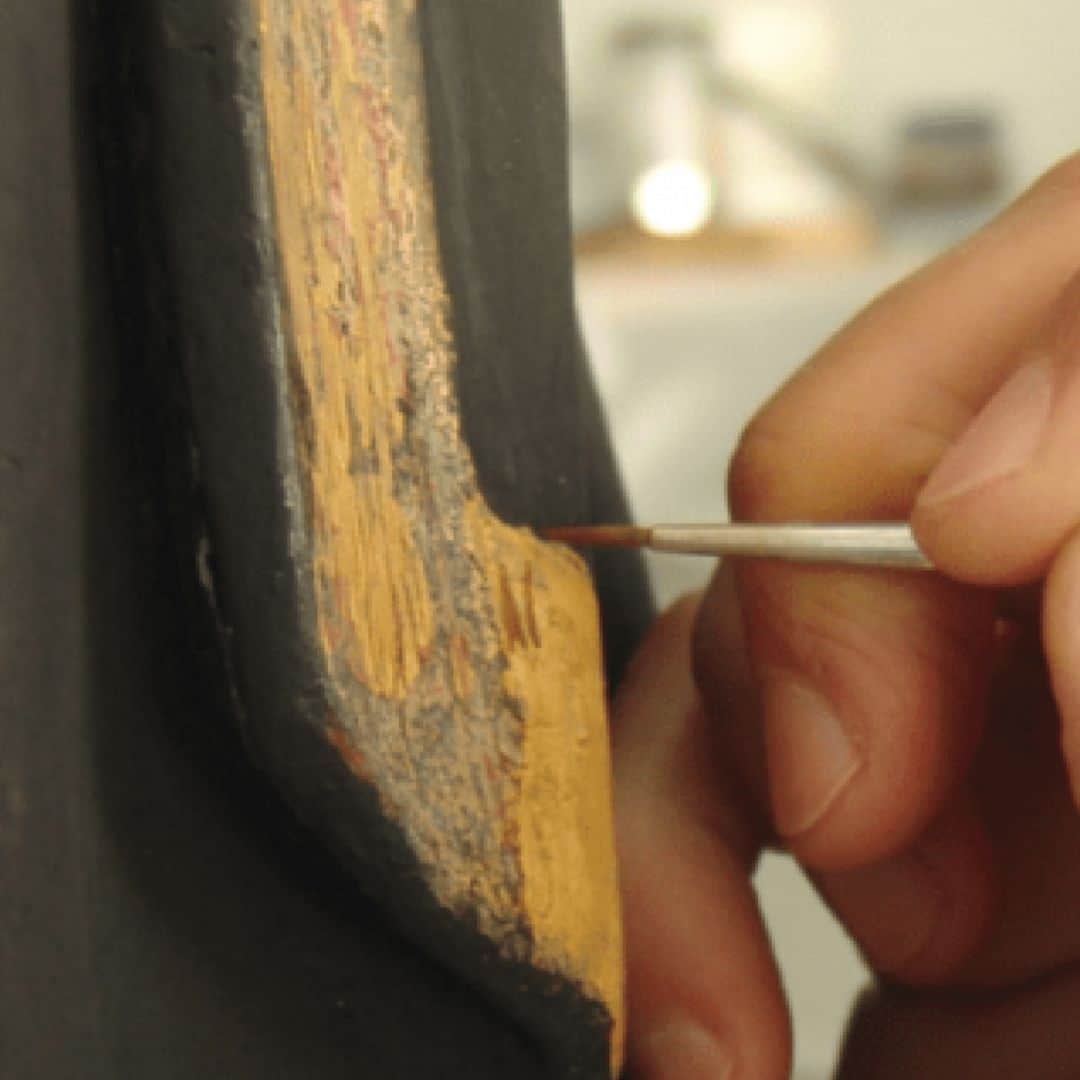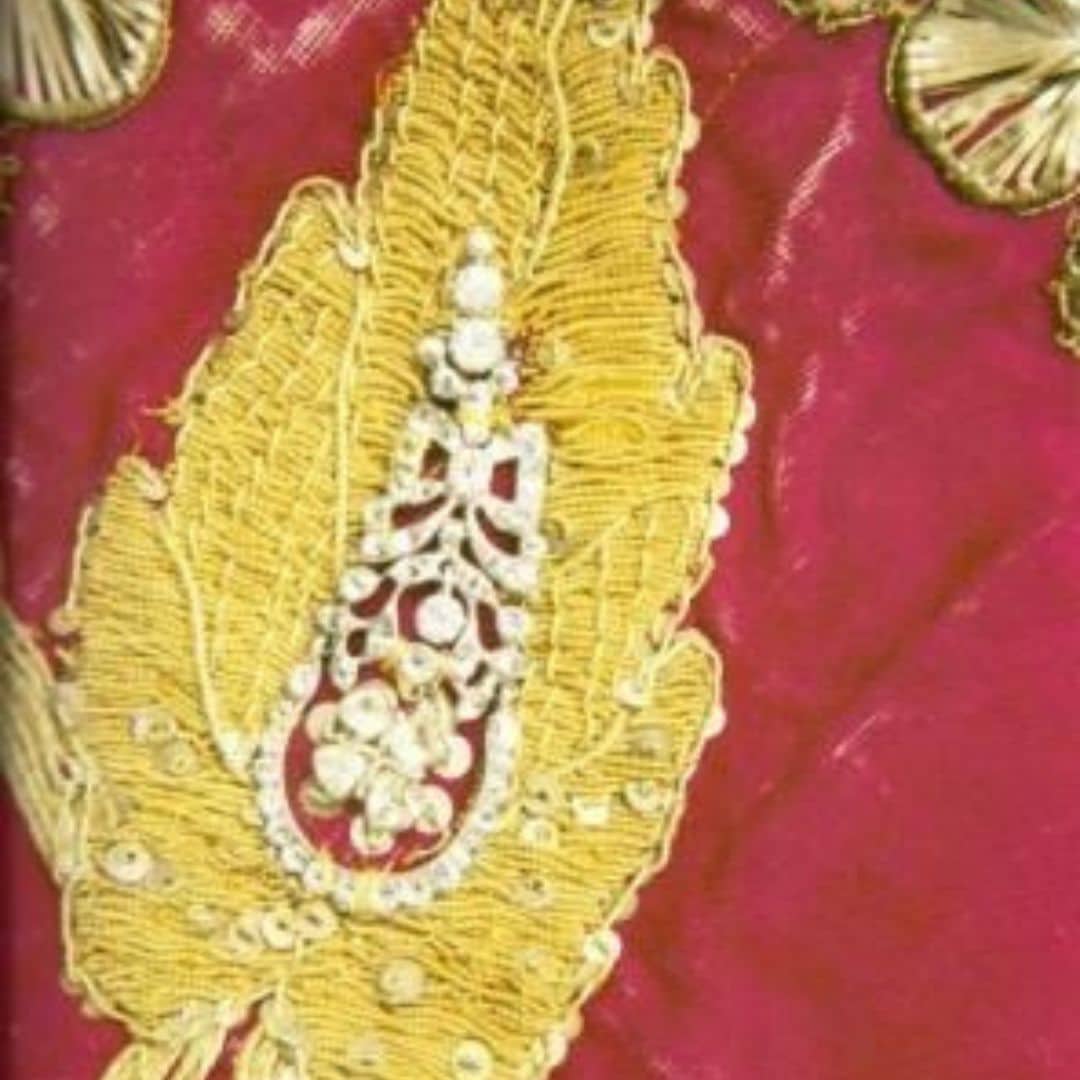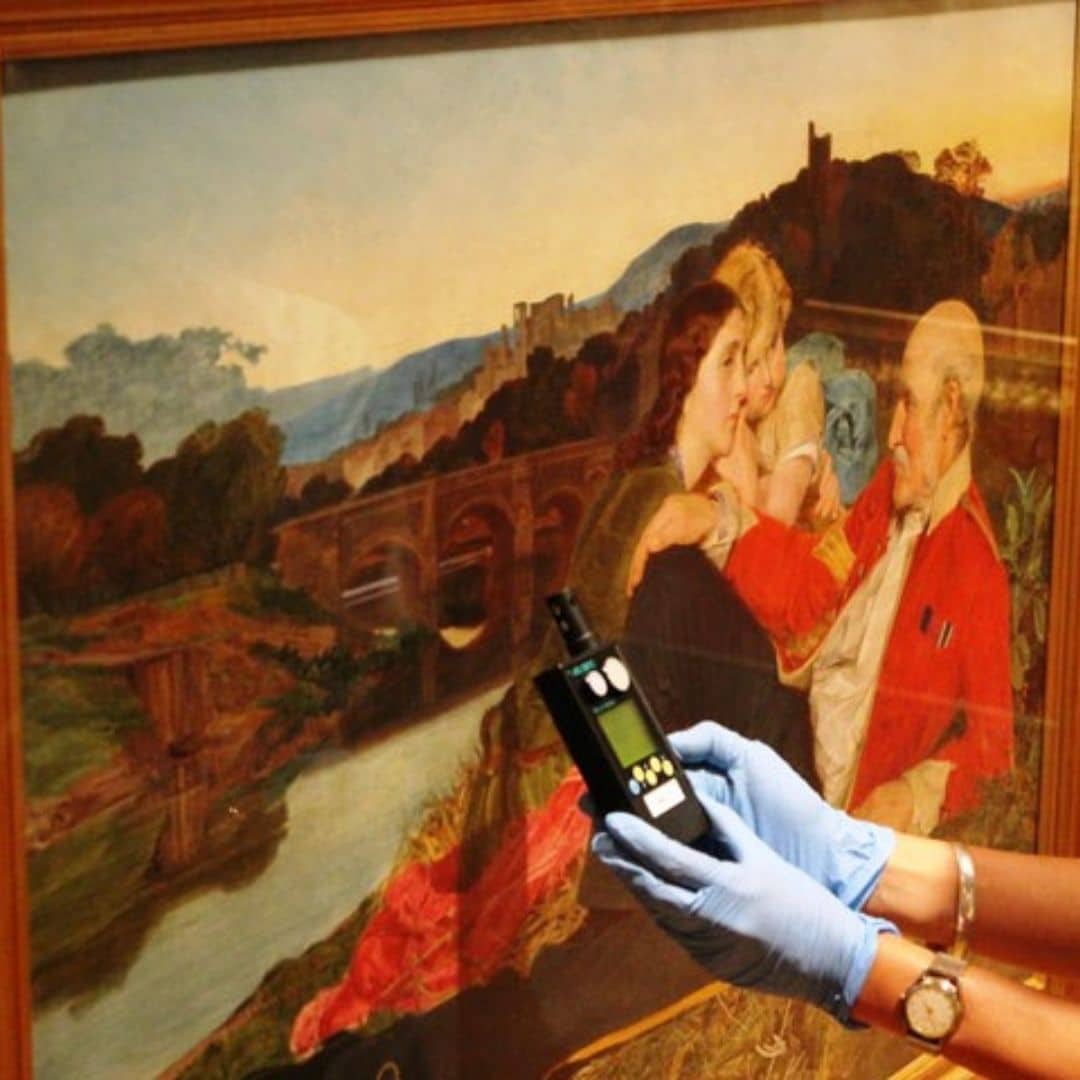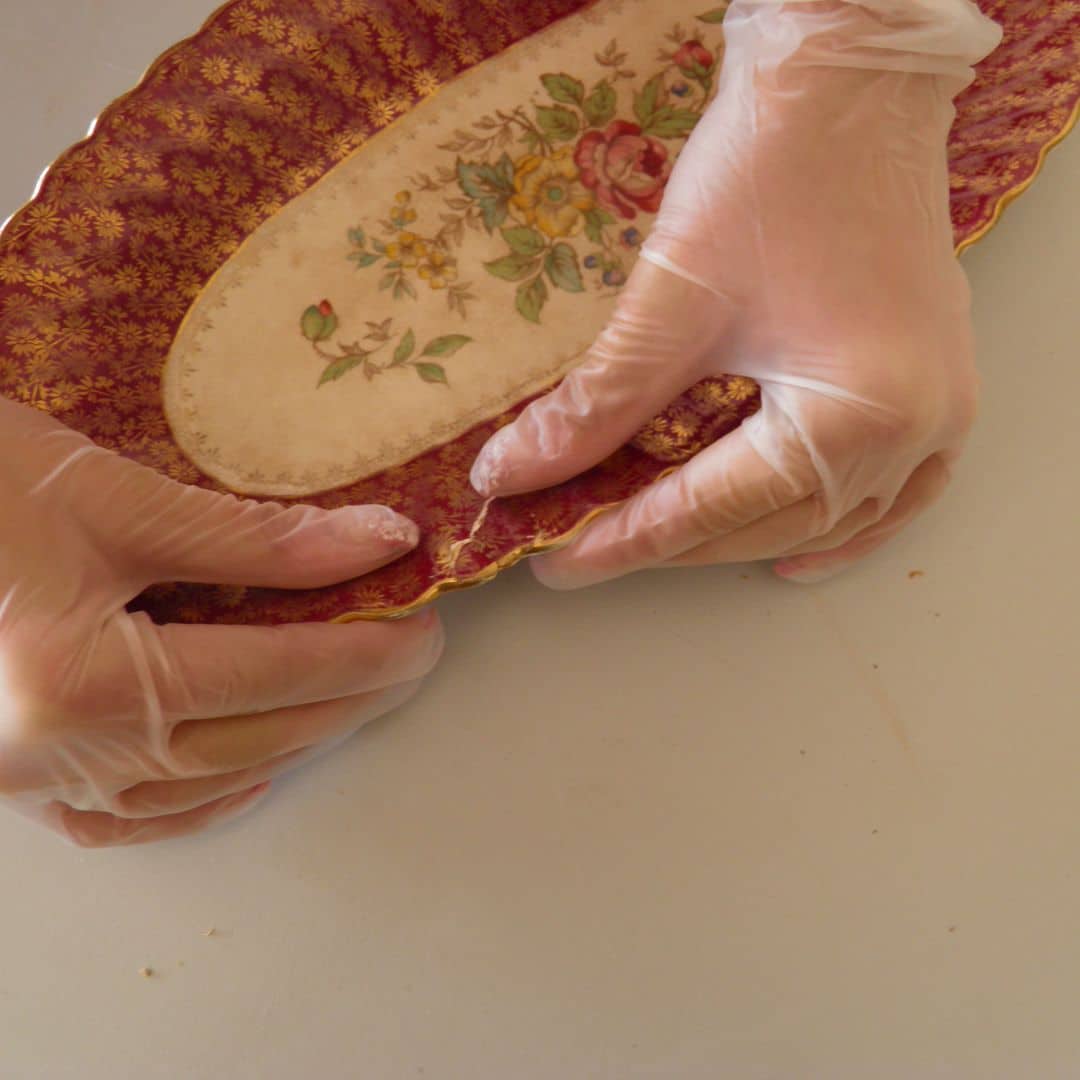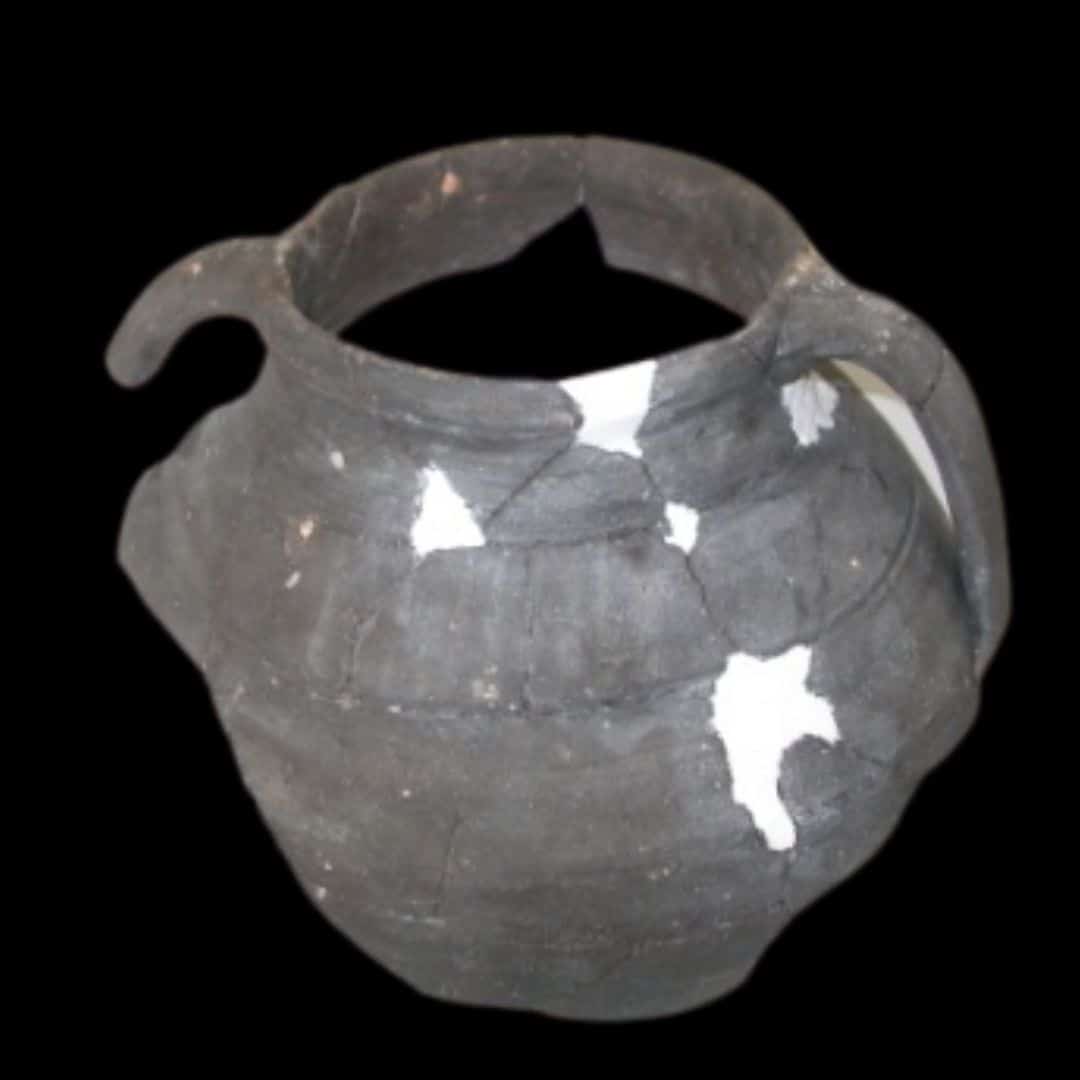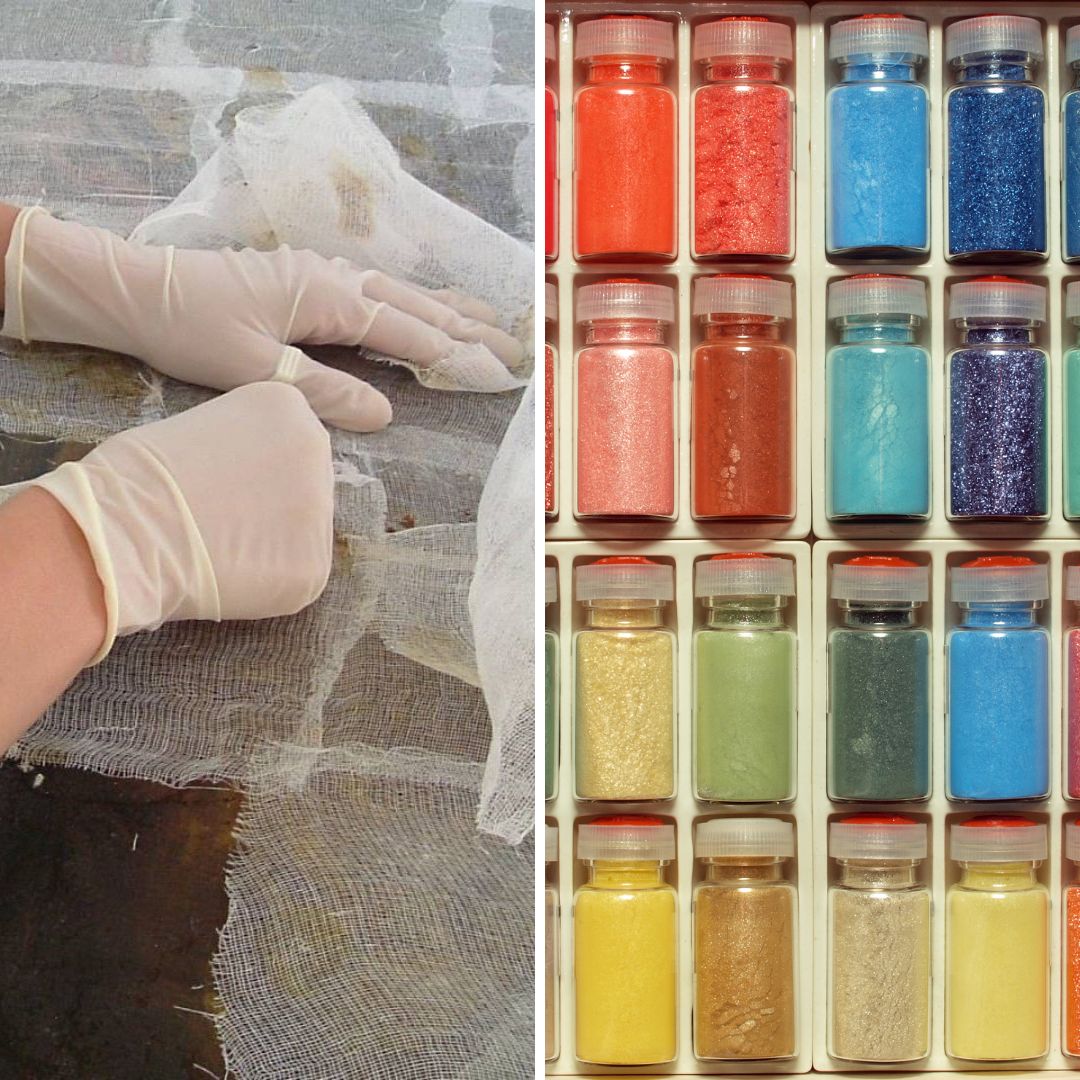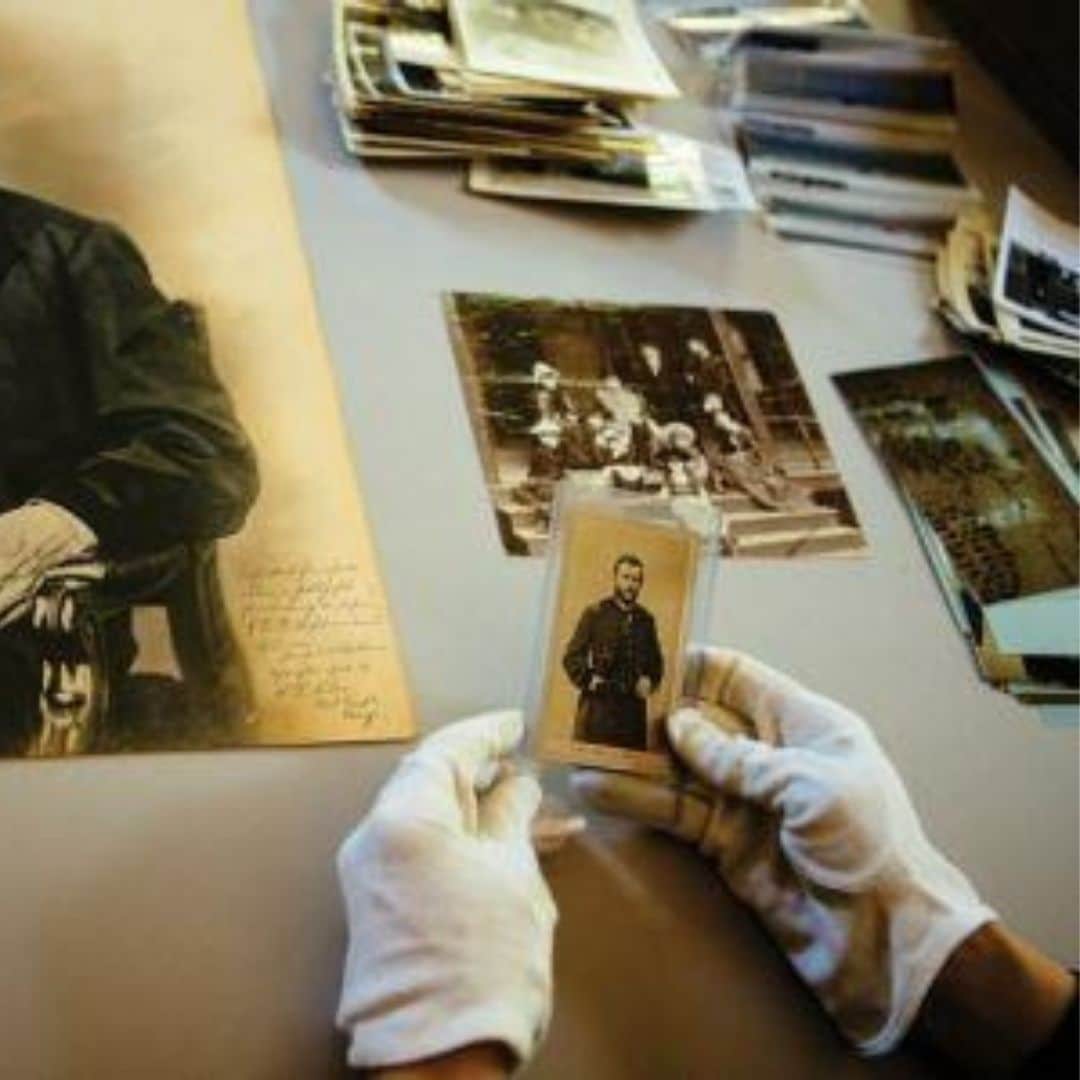
In online certificated courses in Conservation and Restoration Techniques learn the ethical principles and intervention methodologies adequate for each type of material.
Learn the differences, limits and levels of intervention in preventive conservation, curative conservation and restoration.
What are the advantages in attending certificated online courses at Citaliarestauro?
Freedom of schedule and timing
You have full access to all content 24 hours a day for unlimited time. The attendance schedule and time are defined by the student.
You can go further in your studies
In addition to the pedagogical contents that make up the corpus of each certificated online course additional resources and indications for research and deepening of the topics covered are made available.
Systematic updates
We update our content and reference materials regularly so that you always have the latest information.
International certificate
Certificated courses are courses provided by a recognized training organization.
In the case of Citaliarestauro.com, the certification is recognized by a Member State of the European Union (Portuguese Ministry of Labor and Training).
Case studies
The certified online courses present case studies of conservation and restoration works actually carried out in various types of situations.
What you’ll find in the certificated online courses in this area
The online courses on conservation and restoration techniques consist of a basic structure of lessons with text, images, explanatory diagrams and case studies. Plus:
Tables and charts
Glossaries
Explanatory videos
Supporting texts and downloadable E-books
Indication of external resources (web and bibliography) for further study of the topics
The online courses also contain analyses of works actually carried out, demonstrating conservation and restoration techniques.
No results found.
Conservation and restoration techniques - what you'll learn
Preventive Conservation – concepts and methods
Starting from the beginning! Preventive Conservation is the first and most important stage towards the safeguarding of Heritage.
Learn how to identify and quantify the main risks to the degradation of works and how to implement the most suitable prevention measures for each case, using the appropriate tools.
You will learn:
- You will learn about the concepts and methods of preventive conservation.
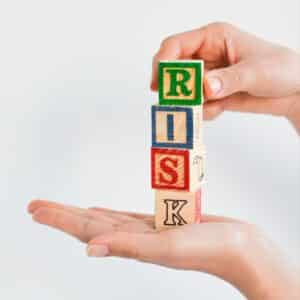
- You will learn how to set up a risk assessment program.
- You will obtain the methods and tools needed to implement a preventive conservation program for the conservation of cultural heritage.
- In addition to the lessons, documents, links, tables and other materials are provided that will be aids and tools in your future activities. These additional materials will be applicable in museums, libraries and other types of public or private collections.
Conservation and restoration of paintings on canvas
The online course systematizes intervention methods and procedures, exemplified with case studies. An active method is used, illustrated with images and video tutorials of the various stages of intervention.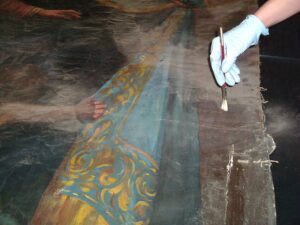
You will learn:
- the principles of conservation and restoration
- what a painting on canvas is and the layers that constitute it
- the factors and processes of alteration and degradation
- identifying the main pathologies
- the process and methods for conservation and restoration intervention
- analysis of case studies of interventions carried out
Conservation and restoration of ceramics
At the end of this course, participants will have learned about the techniques and processes of intervention in the conservation and restoration of porcelain / ceramic pieces and the most important conservation actions.
Through the analysis of real interventions carried out by conservation and restoration technicians, you will learn about the intervention methods, techniques and materials applicable in different situations.
You will learn:
- the concepts and ethical principles of conservation and restoration
- ceramic production techniques and the different types of ceramic pastes
- decoration / finishing techniques
- analysis and diagnosis of pathologies in different types of ceramic pieces
- conservation and restoration methods and techiques and their phases
- analysis of case studies
Preservation of books and documents
In the books and documents conservation course, learn how to identify pathologies in books and documents and their causes, how to care for books and documents and how to carry out conservation work and repairs on paper.
You will learn:
- know the materials, supports and constituent elements of books and documents
- identify the main pathologies in documents and books and their causes
- carrying out book and document conservation operations and paper repairs
- know the methods for preserving documents and books
The online course is supported by detailed instructions and video tutorials of all the interventions.
Preventive conservation of photography
Through this preventive conservation of photographs course, participants will learn how to implement a preventive conservation program for photographs in museum or private collections.
In addition to being an image, photographs are a tangible object that requires specific attention due to their physical and chemical composition and the fragilities that result from this.
You will learn:
- what a photograph is and its physical and chemical characteristics
- types of photographs
- degradation factors and identification of pathologies
- environmental and pest control methods
- storage methods and packaging systems
- implementing a conservation program step by step
Conservation and restoration of stone
The course in conservation and restoration techniques of stone systematises intervention methods and procedures, exemplified with case studies.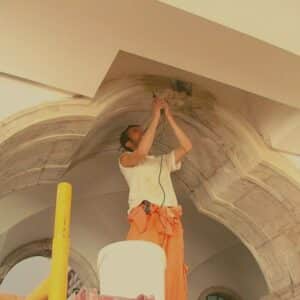
This restoration and conservation course is intended for technicians and students in the field, architects, engineers and professionals involved in urban rehabilitation.
However, it is perfectly suitable for anyone interested in the topics covered.
There are no entry requirements.
You will learn:
- The techniques and processes of conservation and restoration of stone and the most important conservation actions.
- You will learn about the ethical and deontological principles internationally accepted in the field of conservation and restoration.
- By analysing real interventions carried out by conservation and restoration technicians, you will learn about the intervention methods, techniques and materials applicable in different situations.
Pigments in art restoration and research
This study is fundamental to art restoration and for the appreciation, conservation and authentication of works of art.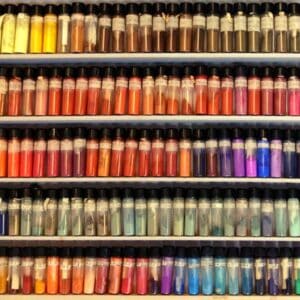
They contain key elements for approaching a work of art and art restoration , as well as providing valuable information about the period, the style and techniques of the artists, their origin and authenticity.
One of the fundamental aspects is the study of the chemical composition of pigments and how it affects their color; or their physical properties that inform the way they interact with light.
You will learn:
- The characteristics of pigments
- Pigments as artistic material
- Restoration and conservation of pigments
-
The use of pigments in the research and dating of works of art
Conservation of Textiles
Learn how to appropriately conserve textile materials in both museum and private contexts
Textile materials, due to their nature and characteristics, have particular characteristics and require specific actions for their conservation.
It is therefore essential to adopt specific conservation measures for textile materials , ranging from environmental control to packaging materials and methods.
You will learn:
- the main characteristics of textile materials ,
- the particularities of its various types,
- degradation factors,
- how to monitoring and control,
- methods of conservation of textile materials ,
- correct handling and packaging,
- materials and methods for making packaging supports.
Restoration of Polychrome Wood Sculpture
You will learn all the stages of intervention in a systematic way, from the fundamental principles, the analysis of production techniques, the diagnosis of pathologies and the restoration techniques applicable to polychrome wood sculpture.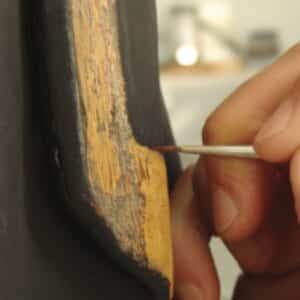
You will learn:
At the end of this online course, participants will be familiar with the restoration techniques and processes of conservation in polychrome wood sculpture.
You will learn about internationally accepted ethical and deontological principles.
Through the analysis of real interventions carried out by restoration technicians on real works, you will learn about the intervention methods, techniques and materials applicable in different situations.


